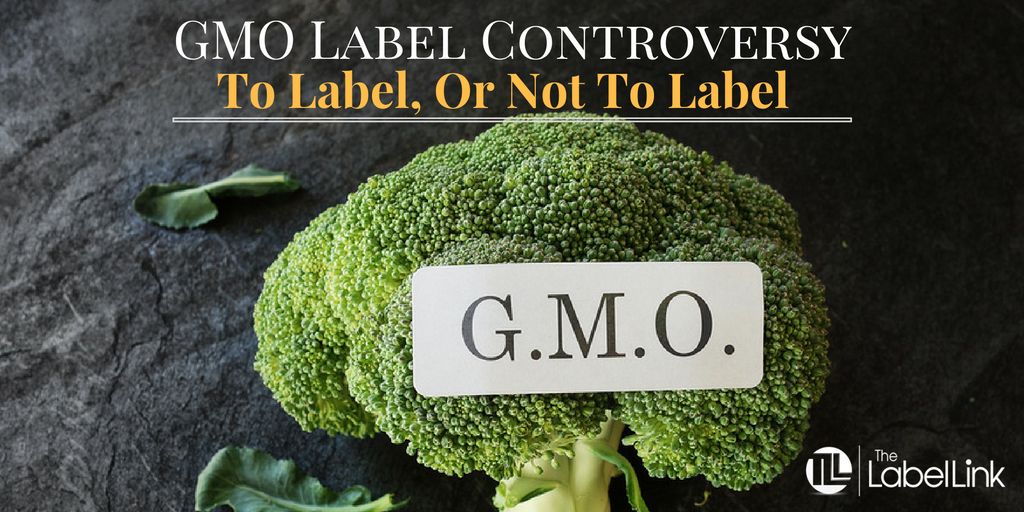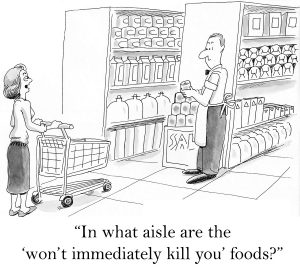
Separating Fact From Fiction With GMO Food Labels
If you’re having a tough time keeping everything straight when it comes to GMO food labels, you’re not alone. Do you have to label products with GMOs? What if you have a GMO free product? Can you put that on the label?
Food and beverage makers are more confused than ever about the proper labeling practices these days and it makes sense – the laws are ambiguous, to say the least.
Vermont’s GMO Food Labeling Law
It all began with consumer advocacy groups. A few people raised a ruckus around food and beverage products containing GMOs and soon lots of consumers were on board with boycotting these foods. The problem? Scientists have said they’re safe and most foods contain some GMOs. Another problem? Most consumers aren’t quite clear on what GMOs really are.
Still, earlier this year Vermont decided to pass a law to help those consumers who were interested know which foods contained GMOs. To do that, they started requiring foods with GMOs to reveal this ingredient on their labels.
This created quite a controversy among food and beverage makers:
- Would they need to create separate labels for Vermont and the rest of the United States?
- Would manufacturers see a drop in sales if they used the same label revealing their GMO status in other states?
- What if the wrong label got shipped to the wrong location?
- What if other states followed suit and created their own laws? Would the GMO labeling requirements spiral out of control?
The Role of the Federal Government
These questions were enough to catch the attention of the U.S. Department of Agriculture (USDA). To make matters easier, the department decided to pass a law requiring food to have a label if any of the ingredients are bioengineered. This might be a visual cue, a required piece of text, or some sort of scannable image where consumers can learn more.
Although it might seem straightforward, there are a few (or more) uncertainties around this law.
For example:
- Will there be exceptions for small or very small packages?
- If there’s an electronic disclosure, will that segregate those without the right technology to learn about the risks?
- What about the current automatic approval of meat, poultry and egg products that are using non-GMO labels? Will that continue? Or will the law only apply to organisms produced non-naturally
The confusion continues – especially when it comes to meat, poultry, and eggs. Does the food source for the animals come into play when labeling a product as non-GMO? What should be straightforward isn’t.
Case in point: Applegate Farms
Applegate Farms is a meat producer who proudly feeds its animals non-GMO foods. They’re in the minority. Approximately 90% of corn- and soy-based animal feed has GMOs, which means the meat that comes from these animals has GMOs.
To differentiate themselves, Applegate Farms launched a campaign for its Non-GMO Project Verified organic chicken nuggets. They plan to use the third party to do this for all of their products going forward.
Like cage free eggs, could non-GMO meat become the norm soon?
Question: Will the national label requirements hurt manufacturers, help consumers or a little of both?
It’s too early to tell exactly what the impact of these new labeling laws will be. After all, there’s still confusion about organic vs. natural labels. Although GMO food labels could become the norm, will it have a substantial impact on sales if consumers aren’t clear on the differences? What will it do to product label designs?

